-73%
Unveiling the Essence of Biomedical Acupuncture: A Comprehensive Guide to Pain Management
Synthesizing the principles of biomedicine with the ancient art of acupuncture, this groundbreaking clinical guide empowers medical professionals with a comprehensive understanding of acupuncture, enabling them to seamlessly integrate it into their practice.
Biomedical Mechanism of Acupuncture
The text meticulously delves into the scientific basis of acupuncture, elucidating its physiological effects. It explores the neuro-psycho-immunological modulation induced by acupuncture, shedding light on its multifaceted impact on the body’s regulatory systems.
The INMAS System: A Quantitative Approach
The authors introduce the Integrative Neuromuscular Acupoint System (INMAS), an innovative approach that harnesses a quantitative method to predict treatment efficacy for individual patients. This system provides an adaptable protocol tailored to the unique pain patterns of each patient.
Homeostatic Acupoint System (HAS): Bridging Eastern and Western Perspectives
To facilitate a deeper understanding among Western-trained practitioners, the guide introduces the Homeostatic Acupoint System (HAS). This system aligns classical acupuncture techniques with contemporary medical knowledge, fostering a harmonious interplay between traditional wisdom and modern science.
16-Point Evaluation Method: Accurate Prognosis and Treatment Planning
The 16-point evaluation method serves as a reliable tool for assessing patients, enabling acupuncturists to accurately predict the prognosis and tailor treatment plans accordingly. This empirical approach ensures precision in diagnosis and optimization of outcomes.
Clinical Integration: User-Friendly Language and Practical Applications
The guide employs user-friendly language and abundant clinical case studies to translate theoretical concepts into practical applications. Clinically relevant treatment approaches are presented in an accessible manner, fostering confident implementation in real-world settings.
Detailed Visual Aids: Enhanced Comprehension and Clarity
Numerous detailed tables, photographs, and line drawings enrich the reader’s understanding of anatomy, symptomatic indicators, and clinical procedures. These visual aids illuminate complex concepts, making the text highly accessible to practitioners of all levels.
Regional Organization and Case Studies
Clear chapters organized by regional condition ensure ease of navigation and flow of information. Case studies provide valuable insights into the application of concepts in real-life clinical practice, promoting a deeper understanding of acupuncture’s effectiveness.
Unique Clinical Procedures: Pain Management Expertise
The guide features unique clinical procedures specifically designed for pain management. Comprehensive sections cover examination and needling methods, providing practitioners with practical guidance and enhancing their ability to address pain effectively.
Appendices for Quick Reference and Practicality
Two appendices furnish quick reference for acronyms, abbreviations, and the 24 homeostatic acupoints. This reference material provides instant access to essential information, enhancing the guide’s usability and practicality.
Electroacupuncture: Advanced Techniques for Enhanced Efficacy
The guide culminates with a chapter dedicated to electroacupuncture, exploring the latest techniques and their applications. This cutting-edge information equips practitioners with advanced tools to enhance treatment outcomes and improve patient care.

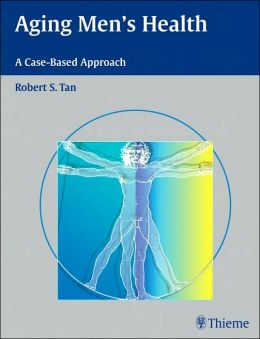

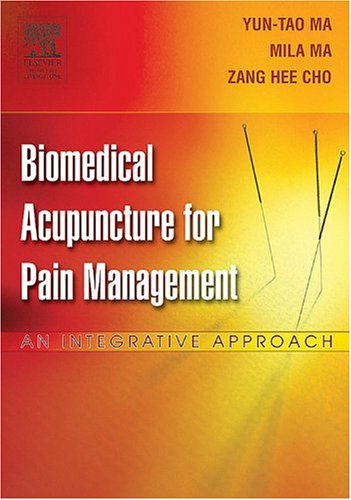
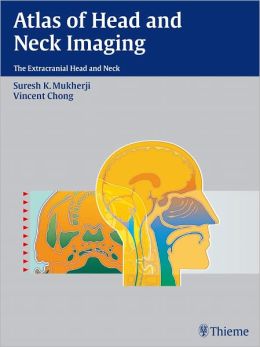



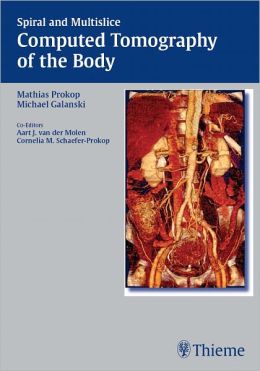
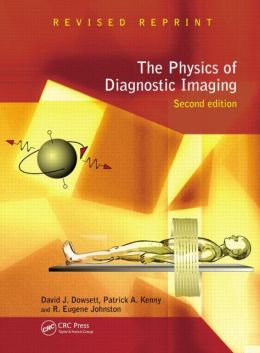
Reviews
Clear filtersThere are no reviews yet.